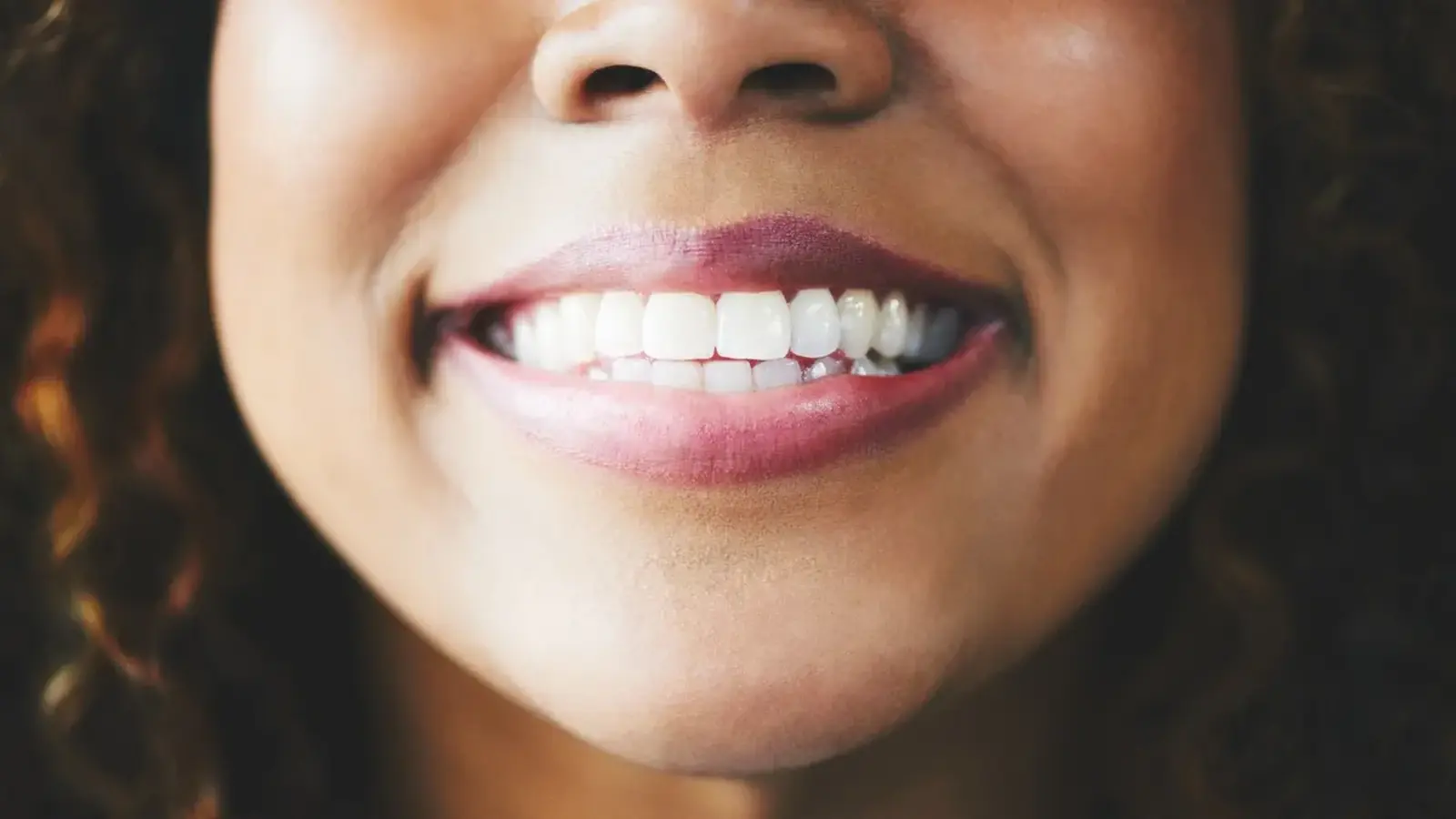5 Minutes
Researchers report that keratin extracted from sheep's wool can form a protective, enamel-like coating on teeth, offering a sustainable, low-cost approach to arrest early tooth decay. The team, led by dentistry specialists at King's College London, published their findings in Advanced Healthcare Materials and demonstrated that a water-based keratin film attracts minerals from saliva to build a hard, crystal-like surface that mimics natural enamel.
Untreated dental caries is the world's most common oral health condition, affecting roughly 2 billion people. Enamel—the highly mineralized outer layer of teeth—does not regenerate once lost, leaving individuals vulnerable to pain, cavities and tooth loss. Current restorative materials often rely on plastic resins that can be less durable and offer an unnatural appearance. By contrast, keratin is sustainably sourced from biological byproducts such as wool or hair and may provide a more durable, color-matched alternative.
Study methods and key results
The researchers extracted keratin protein from wool fibers and formulated a thin aqueous keratin film. When applied to tooth samples, this film interacted with the mineral ions present in simulated saliva. Over the course of several weeks the keratin layer guided the deposition of calcium and phosphate ions, forming an ordered, crystalline coating that closely resembles biological enamel in structure and hardness.
Lead researchers noted multiple advantages: the keratin coating forms under mild, biologically compatible conditions; it integrates with the tooth surface rather than merely adhering like a resin; and it can be tuned to match tooth color. Sara Gamea, a dentistry researcher at King's College London, described keratin as 'a transformative alternative to current dental treatments' because it is sourced from biological waste and avoids toxic plastic resins. Sherif Elsharkawy, a prosthodontics researcher at the same institution, emphasized the importance of enamel restoration, recalling that 'unlike bones and hair, enamel does not regenerate.'
Implications, limitations and next steps
The discovery points to multiple potential applications: over-the-counter keratin toothpastes that deposit a protective film with daily use; in-clinic professional coatings applied during dental visits; and adjuncts to preventative dentistry that reduce the progression of incipient caries. Investigators estimate that consumer-facing products could reach the market within two to three years, contingent on further development, trials and industry partnerships.
Key questions remain before broad clinical adoption. Long-term durability under chewing forces, resistance to acid challenges from diet, interaction with fluoride and other preventive agents, and large-scale manufacturing must all be validated in clinical trials and regulatory pathways. Researchers are also assessing biocompatibility, microbial interactions, and the best delivery formats for different patient populations.

Expert Insight
Dr. Elena Morales, biomaterials scientist (fictional), comments: 'Using a structural protein like keratin to template enamel-like mineral deposition is an elegant biomimetic approach. If clinical trials confirm durability and safety, this could shift early-caries management from repair to restoration, reducing the need for invasive fillings.'
She adds: 'Sustainability is a major plus—repurposing waste hair or wool to produce dental biomaterials aligns with circular-economy goals and could lower costs for underserved communities.'
Future prospects and related technologies
The keratin coating concept joins a broader movement in dentistry toward biomimetic materials and regenerative strategies, such as peptide-guided remineralization, bioactive glasses and fluoride-releasing varnishes. Combining keratin films with antimicrobial or remineralizing additives could enhance preventive value. Industry partnerships will be essential to refine formulations, scale production and navigate clinical trials and approvals.
Conclusion
Keratin extracted from sheep's wool shows promise as a sustainable, enamel-mimicking coating that can attract calcium and phosphate to rebuild a protective tooth layer. While laboratory results are encouraging and commercialization could be feasible within a few years, clinical validation and long-term performance data are needed. If successful, keratin-based dental products could offer an affordable, biologically inspired tool for preventing and repairing early tooth decay worldwide.
Source: livescience


Leave a Comment